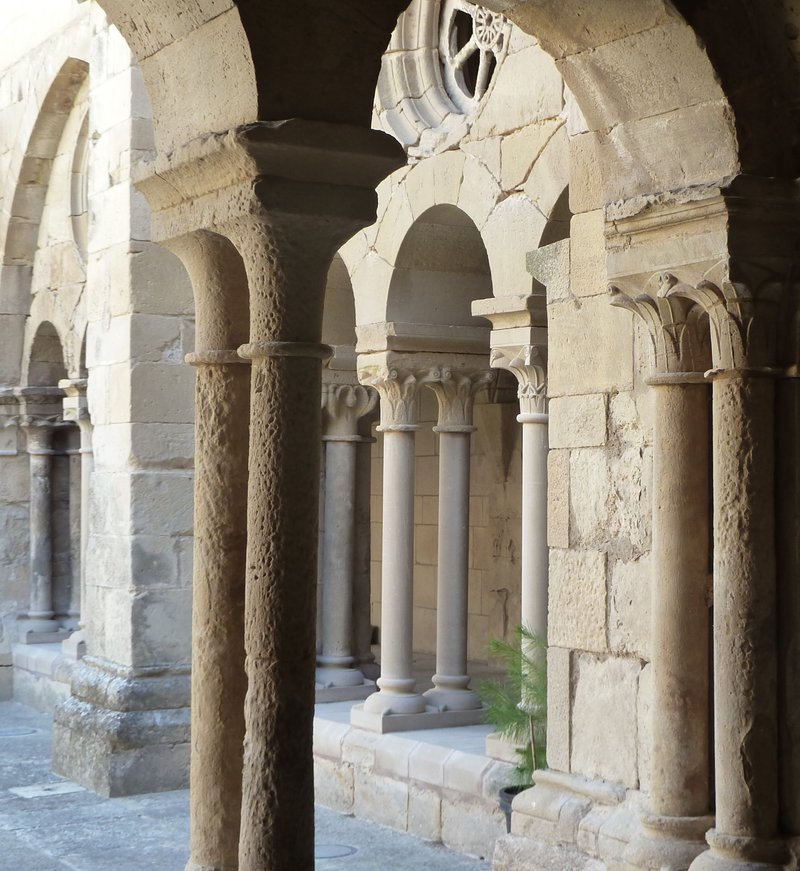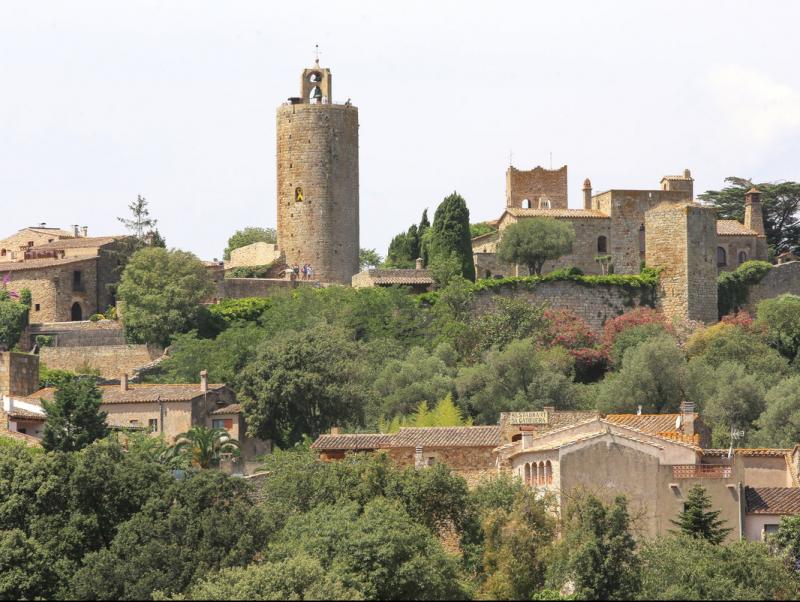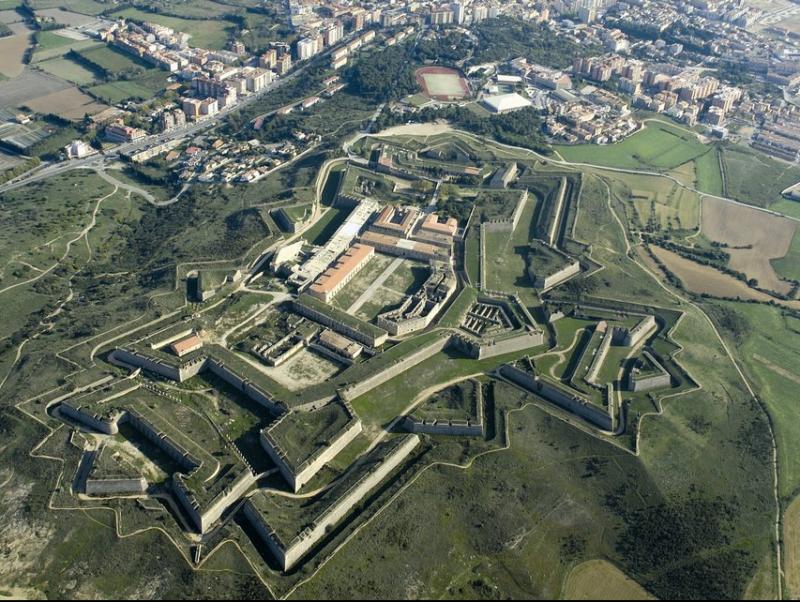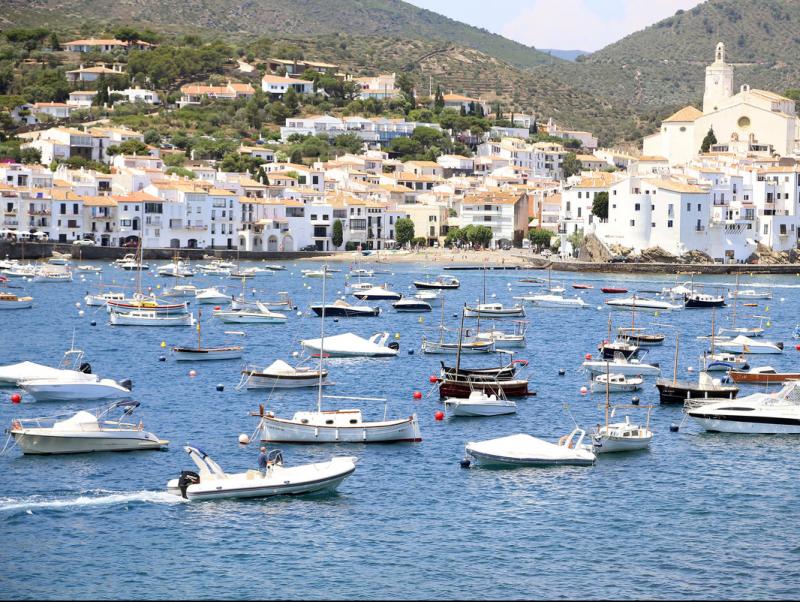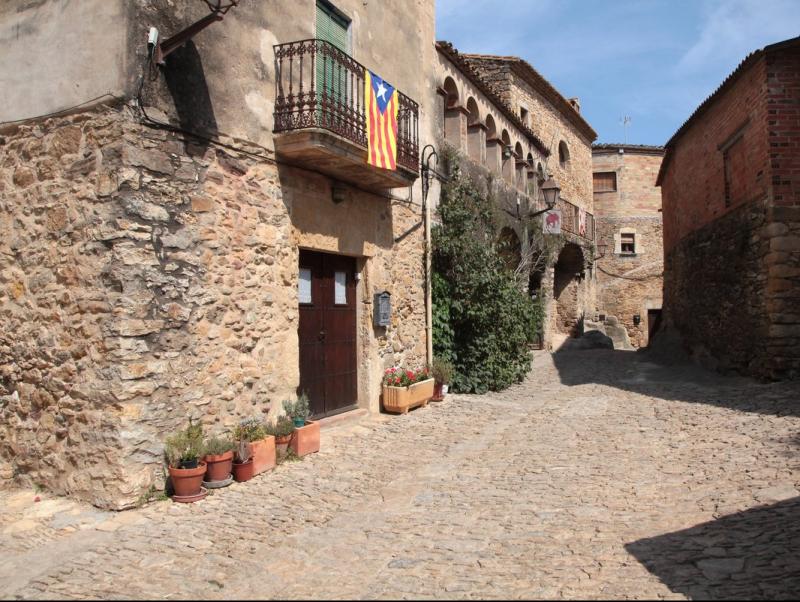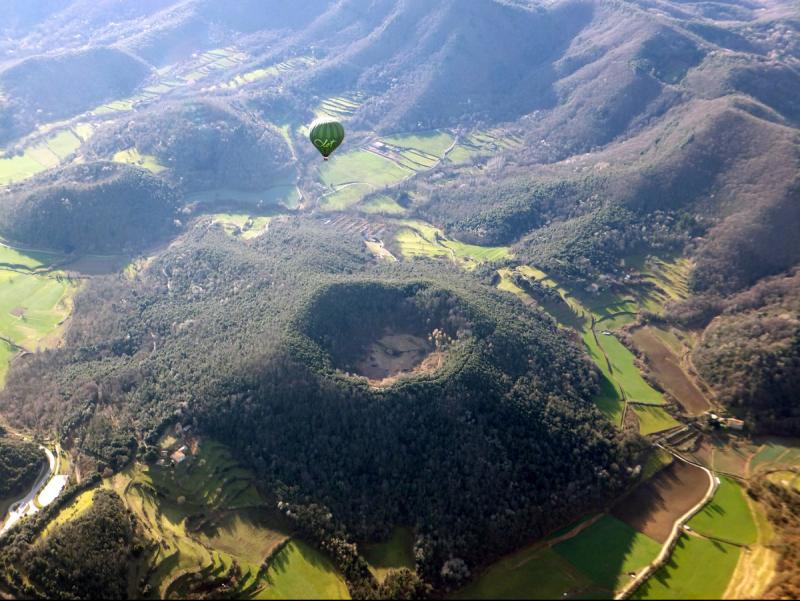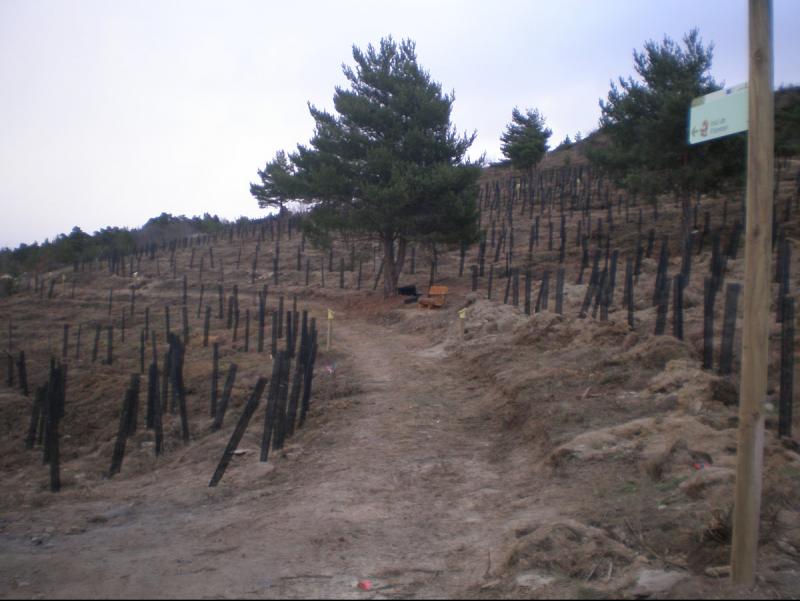An authentic gem of the medieval era
Founded in the 12th century by hermits who soon joined the Cistercian order, the Monastery of Santa Maria de Vallbona grew and accumulated great power throughout the medieval period. And convent life has never ceased there since. So many centuries of history have left the abbey adorned with interesting treasures, reminders that it was once one of the most important religious centres in the country. The convent mixes Romanesque and Gothic styles, a period that proved to be more fleeting than the monastery’s construction. The bell tower is the great icon of this historic complex. What is most remarkable about this structure is not so much its height – almost 30m high – but its mass and width. This preference for weight rather than slenderness is characteristic of the Catalan and Occitan Gothic style. The Vallbona bell tower is octagonal and measures 6.5m in diameter, occupying almost the entire width of the nave on which it rests.
Imposing and austere
The abbey’s temple is at once imposing and austere. Construction of the church began at the end of the 12th century, and it was consecrated two centuries later. It is one of the most imposing spaces in the monastery and its interior recreates an immense space of recollection and simplicity. The Romanesque portal that leads into the church is another of the site’s treasures, and combines a delicate tympanum featuring a crowned Virgin and the child Jesus, framed by five spectacular archivolts with capitals and a Lombard frieze on top.
The chapter house was one of the most important spaces for community life. Here, the abbesses are elected, the novices take their professional vows, and the most important administrative and political decisions are decided upon. On the outer wall of the church facing the square, there are five imposing sarcophagi with a stone roof on two sides resting on small columns. Except for the second sarcophagus, counting from the church entrance, they all date from the 13th century and are in the Romanesque style. The second sarcophagus, inserted in a pointed niche, dates from the late 15th or perhaps early 16th century, and is in the flamboyant Gothic style.
The four galleries of the spectacular cloister date from different periods and show different styles: Romanesque, Gothic, Neo-Romanesque and Renaissance. What cannot go unnoticed are the mysterious sculptural features on one of the walls of the monastery. On the cornice of the outer part of the square apses of the church can be seen a motley set of Romanesque masks with animal and male forms belonging to different social strata and trades, a kind of comic portrait of 13th-century society.
One of the most visited places in the monastery complex is the tomb of Queen Violant, who was the second wife of King Jaume I the Conqueror and rests in a visible sarcophagus in the heart of the church next to her daughter. The history and relics hidden in this monastery are worth a quiet visit, which can be complemented with a tour of the old town.
out & about
Routes through Castellserà
From the plain to the Serra, visitors will find a circular route that both begins and ends in the municipality of Castellserà, crossing the Bellmunt Almenara mountain range. Along the route, which is marked in blue, we find explanatory signs on some interesting points, such as the canal embankment, mud huts, the Sant Sebastià church, landmarks, and shelters. The path connects with the Camí Ral route, which is also circular and 43 km in length.

